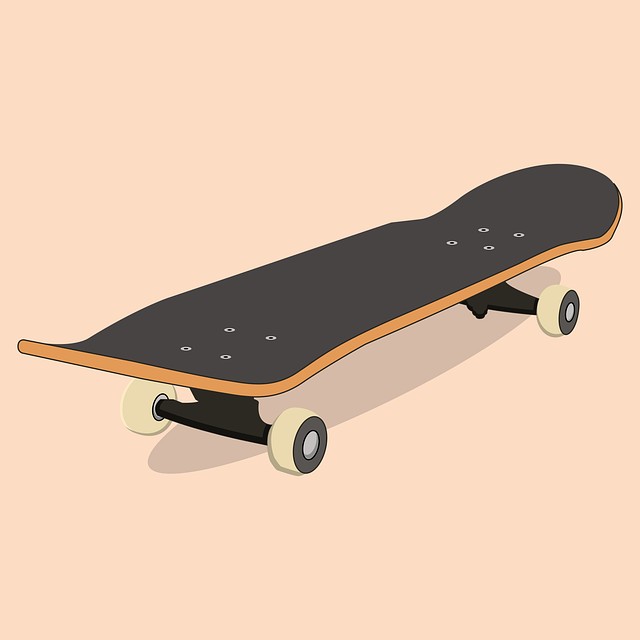If you have ever sought therapy for anxiety or depression, you are probably familiar with Cognitive Behavioural Therapy (CBT). CBT focuses on recognizing unhelpful or negative thoughts and changing them to helpful thoughts. Exposure therapy, where one gradually faces something, they are afraid of, is commonly used in CBT.
I am a middle-aged adult, and I recently started skateboarding. I am struck by how many fears I must overcome to learn anything new on a skateboard. My local indoor skateboard park, CJ’s (https://cjsskatepark.com/), has beginner lessons for adults like me. The first step I took was to sign up for these lessons.
As an adult learning to skateboard, the most important thing I had to learn was how to fall without injuring myself. Three-quarters of each adult class is spent sliding on flat ground and ramps on our knee pads and falling knees to elbows. This is a sport where failure is necessary. If you watch the Olympics, you will notice most of the skateboard athletes falling. You must fall to improve.
The first few weeks of lessons, I was too terrified to slide down the six-foot ramp on my knee pads. I got comfortable sliding down the four-foot ramp and thought I would never be able to slide down the six-foot ramp on my knee pads. I don’t even like looking down from a balcony, so the idea of sliding down something was terrifying. Getting comfortable on the four-foot ramp eventually led to getting comfortable on the five-foot, until one day I was able to do the six-foot ramp. Even though I didn’t realize it, I was doing exposure therapy-which is when one encounters what they are afraid of and gradually works their way up to harder and harder challenges that bring them closer to overcoming their fear.
The next challenge is going to the skateboard park. As Trevor Sean (Gatotime on Instagram), says “If you’re scared to go to the skatepark, because you’re scared, you’re going to get made fun of, I think you misunderstand what skateboarding is. Skateboarding requires you to confront fear all the time. By merit, you have to be uncomfortable all the time. The ability to even overcome the fear of going to the skatepark is almost a skateboarding trick.”
I have now been skateboarding for a couple of years, and I am still a beginner because I am taking things extremely slowly. I never thought I would drop in, but one day I decided to do it in the zipline room (holding the zipline). The first several times I attempted a drop-in with the zipline, my heart rate went up to 160 when I was just standing at the top of the two-foot ramp looking down. I did it shaking. Now I can do it without that fear. I’m not yet ready to let go of the rope, but that’s ok-this is a sport where we can move at our own pace. Unlike team sports where your teammates might yell at you if you make a bad play or your coach may bench you if you do something wrong, in skateboarding, skateboarders who are doing kickflips are likely to cheer on someone rolling on a ramp for the first time.
Just as CBT helps us reframe our thoughts and gradually face our fears, skateboarding helps us learn to move forward through the fear. Each fall is a step forward in the learning process. You may even find a supportive community of people who cheer you on no matter what.
 About Author Danielle Rabbat, Psychotherapist
About Author Danielle Rabbat, Psychotherapist
Danielle Rabbat, MACP, RP (Qualifying) is a compassionate therapist specializing in couples and individual counselling. With over 20 years of experience as a business owner and photographer, she offers a wealth of practical experience to her client sessions. She works with ADHD, anxiety, grief, depression, stress, life transitions, and couples facing conflict, and uses a variety of techniques including CBT. To learn book a meet and greet with Danielle, please click here.


